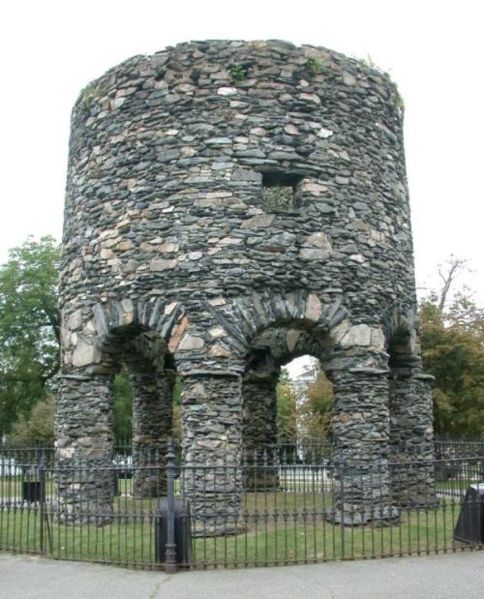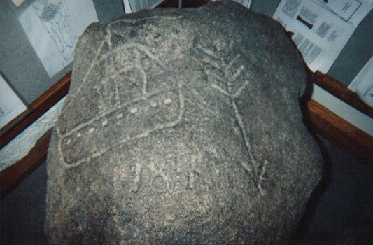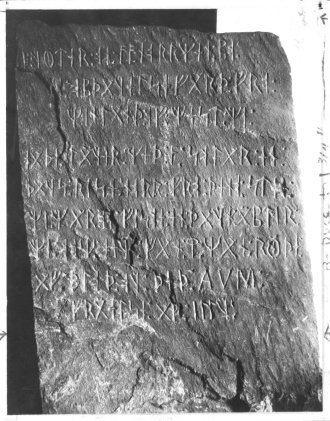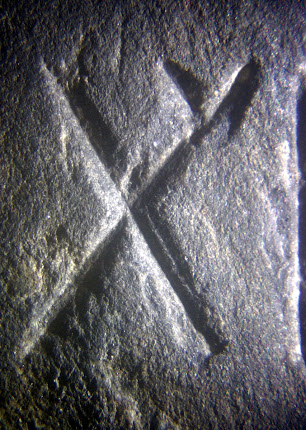The American patriot
Thomas Paine, author of Common Sense,
wrote also about the Freemasons, though less famously. Freemasonry, he stated, “is derived and is the remains of the religion
of the ancient Druids, who, like the magi of Persia
and the priests of Heliopolis in Egypt

If
the Freemasons truly did derive from the Druids as Paine argued, and if the
Masons truly did design Washington, D.C. in such a way as to imbed their
secrets within that design as so many modern observers have suggested, then
shouldn’t there be evidence of Druidic influence in the city’s layout? It turns out there is, in a stunningly
obvious way.
As readers may know, the sun-worshipping
Druids marked and observed not only the equinoxes and solstices, but the
cross-quarter days as well. These
cross-quarter days fall between an equinox and solstice, and occur in early
February, May, August and November. In
many ways they are the most accurate way to mark the seasons—the height of
summer occurs in early August and the height of winter in early February. For the pastoral communities of the British Islands
So do the Freemasons
observe these cross-quarter days? If
Thomas Paine is correct, logic would argue that modern Masons should follow the
practices of their Druidic antecedents.
As with many things with the Masons, the answer to this inquiry is
hidden in plain sight. Pictured below is a Masonic Royal Arch banner,
commemorating the Royal Arch degree—I will not get into this too deep other
than to say the Royal Arch degree’s importance is reflected in the fact that it
is the only degree in Freemasonry which is a prerequisite to becoming a Master
Mason.
Note the four symbols
portrayed on the four crests that surround the central Royal Arch degree
insignia: Clockwise from upper left we
have an eagle, a lion, a man and a bull.
Those familiar with astrology will recognize the signs of Scorpio (the
eagle being a symbol, along with the scorpion, of Scorpio), Leo, Aquarius (man being the water carrier) and Taurus. These
signs, in turn, directly correlate to the four cross-quarter days: Imbolc occurs at the height of Aquarius (that
is, at the precise midpoint of Aquarius’ Zodiacal cycle), Beltane at the height
of Taurus, Lunasa at the pinnacle of Leo, and Samhain at the apex of
Scorpio. So it appears Paine was correct
in his assertion. Masonic ritual marks
and celebrates the cross-quarter days just as the Druids did before them.
So, back to Washington , D.C. Pennsylvania Avenue
Similarly, on Imbolc the
sun sets down Maryland Avenue
In conclusion, it seems
that Paine was correct in his assessment that Freemasonry derived from the
religion of the ancient Druids, as evidenced by the Masonic-inspired Druidic solar
alignments prevalent in the layout of Washington ,
D.C.














